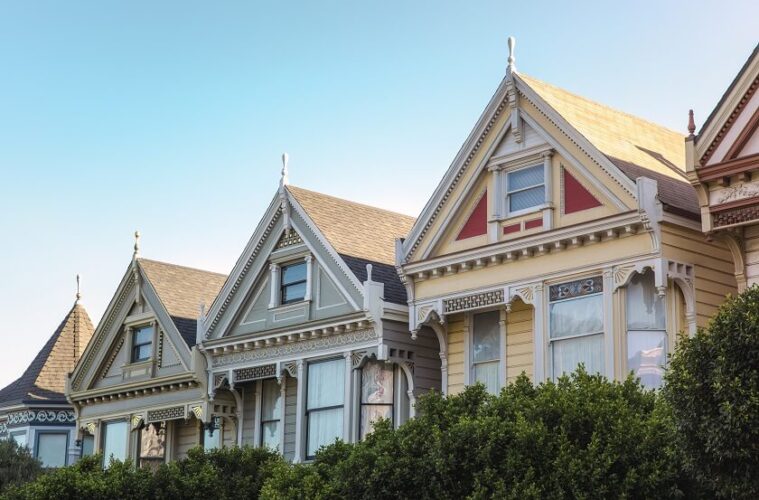One of life’s most prized and treasured achievements is homeownership. Everyone dreams of having a home for security, comfort, and a place to create lasting memories. That’s why 67% of Australians are homeowners, according to statistics.
Homeownership in Australia is reflected in the variety of home styles that have become popular over the years. Today, several architectural trends dominate the Australian real estate landscape, each offering a blend of aesthetics, functionality, and lifestyle.
Let’s explore some of the most popular home styles in Australia today.
Queenslander
If you’re exploring the top places to live in Sydney, you’ll find a diverse range of neighborhoods catering to various lifestyles and home designs. One popular option that stands out is the iconic Queenslander style.
The Queenslander style of home holds a special place in the hearts of many Australians. These homes, characterized by their distinctive raised design, Outdoor stairs, charming verandas, and ornate detailing, seamlessly blend historical elegance with modern living.
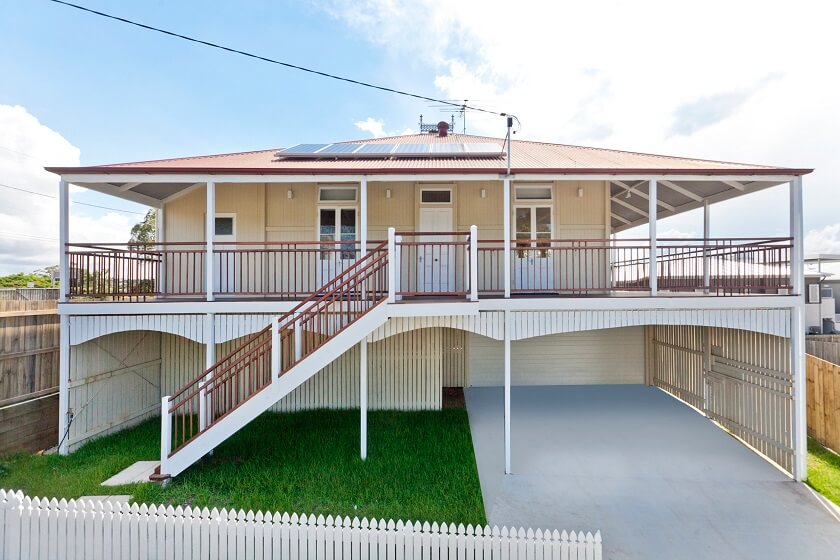
Queenslander homes are often built on stilts or high-set, allowing for optimal airflow and ventilation. This design adds to the aesthetic appeal and provides practical advantages, such as protection against flooding and improved cooling in the subtropical climate.
Traditional Queenslander homes are constructed using timber. The timber floors and walls contribute to the warmth and character of these homes while using corrugated metal roofs ensures durability in the face of tropical weather.
Moreover, while preserving their traditional charm, many Queenslander homes have undergone modern adaptations to meet contemporary lifestyles. Interior spaces are often opened up for a more fluid and light-filled layout, and modern amenities seamlessly blend with the historical features.
Victorian
Different settlements and communities developed and grew across Australia. This growth was partly driven by the following:
- the rush for gold
- the boom in agriculture and produce
- flourishing construction industry
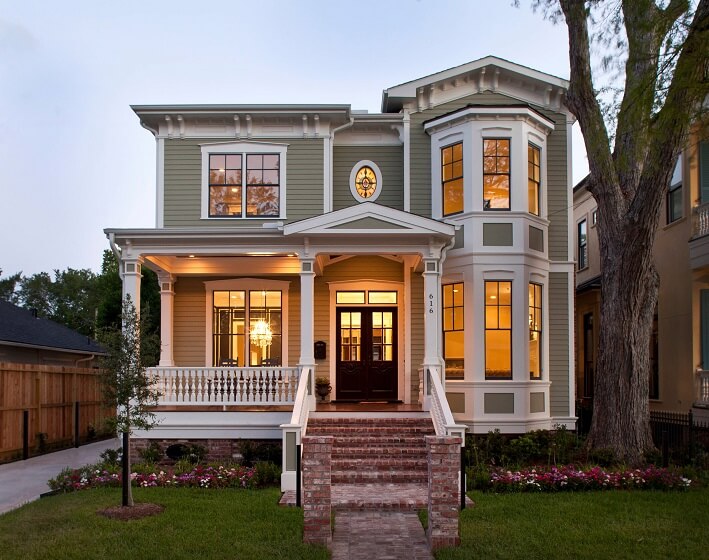
This period has coincided with Queen Victoria’s reign. The legacy of this era endures today in the form of Victorian architecture, notably found in New South Wales, Victoria, Tasmania, and South Australia.
During the early Victorian era, architecture embraced a more restrained style. Houses were commonly constructed using visible or coated brick, featuring sloping roofs crafted from corrugated iron, tiles, or slate.
The mid Victorian period witnessed a shift towards more decorative designs. Moreover, in the late Victorian era, houses got even fancier and were heavily influenced by the Italianate style.
Art Deco
Art Deco architecture in Australia stands out as a distinctive and influential style that left its mark from 1918 to the early 1940s. It significantly shaped the country’s building landscape alongside other styles.
The style was characterized by clean, bold lines and geometric shapes, departing from the organic forms of previous architectural movements. Influenced by archaeological discoveries in Egypt and Greece, Art Deco brought a modern and sophisticated aesthetic to the Australian building industry.
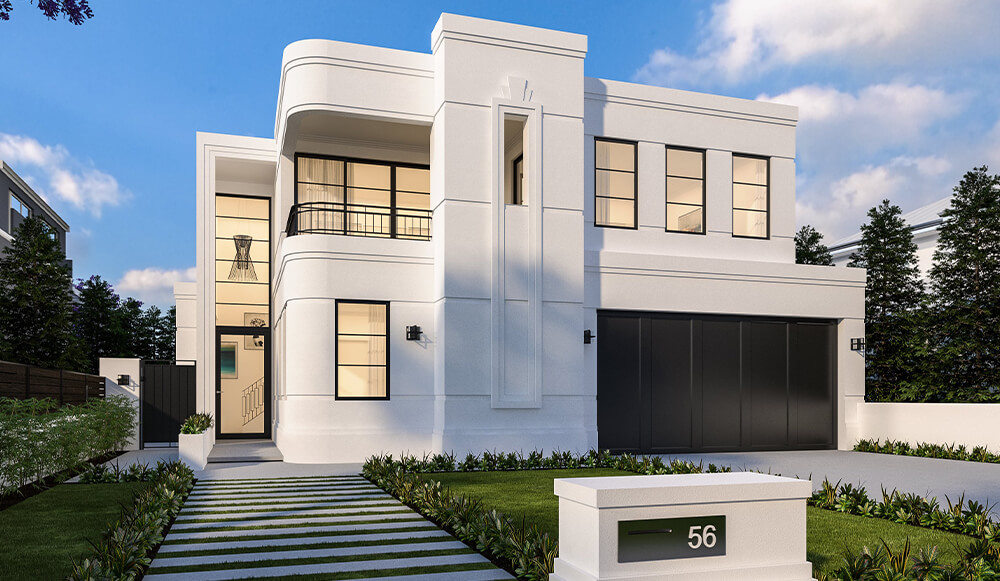
Over time, Art Deco architecture in Australia evolved. Nautical elements and curved forms became popular, especially in the later phases. After the Great Depression, the style was adapted with simplified shapes and less intricate details.
Some of the finest Australian Art Deco architecture examples can still be admired in cities like Sydney, Melbourne, and Adelaide. These structures serve as visual testaments to the enduring charm and elegance of the Art Deco style.
RELATED: Nowadays there is a Swift in Architecture Trends due to Shipping Container Homes that are Sleek Modern Designs and Affordable
Colonial
Colonial homes have a classic charm and a way of looking that’s both neat and balanced. Many of these homes use bricks, giving the home a strong and timeless appearance.
Additionally, colonial homes love to be symmetrical. That means if you look at one side, it looks almost the same as the other side. It makes them look tidy and well-organized. Everything from the windows to the roof follows this balanced design.
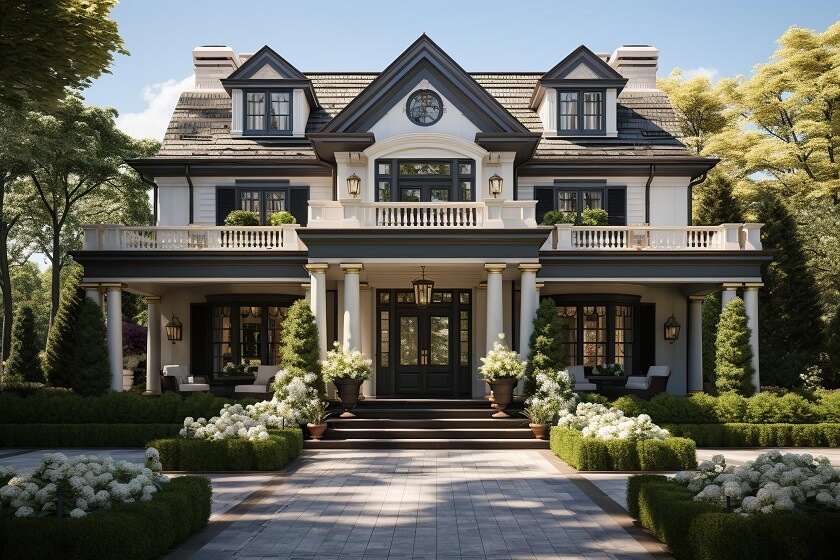
Moreover, these homes are famous for their windows. Instead of just one big piece of glass, they often have windows divided into smaller sections. These are called multi-paned vertical windows. They give the home a unique look that’s both classic and charming.
These charming homes are not everywhere, but you’ll spot them more often in Sydney, New South Wales, and Western Australia.
Modern Coastal
Modern coastal homes in Australia have become a sensation this decade. Aussies have embraced the crisp white tones and bohemian-style love for natural textures. These homes are designed to connect the indoors with the outdoors, allowing that refreshing coastal breeze to flow through.
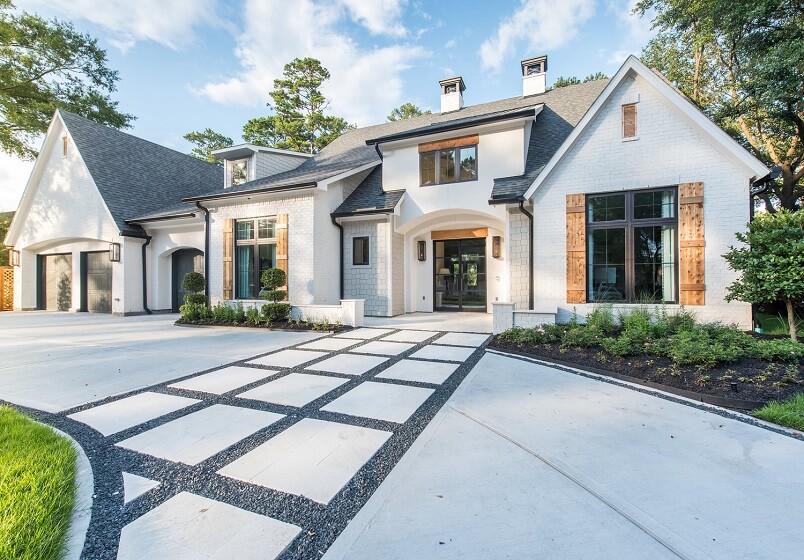
What sets these homes apart is the blend of sophistication and casual beachside vibes. It’s about capturing the spirit of coastal living without sacrificing the sleek and modern elements that define contemporary design.
Also, Read Perfect Coastal Cottage Decor Styles
Mid Century Modern
Mid-Century Modern design emerged in the mid-20th century, roughly from the 1940s to the 1970s. It encompasses various aspects of architecture, interior design, and furniture design.
One of the defining features of mid-century modern home design is its emphasis on clean, straight lines. Additionally, these homes often feature open floor plans, promoting a sense of spaciousness and flow between different living areas.
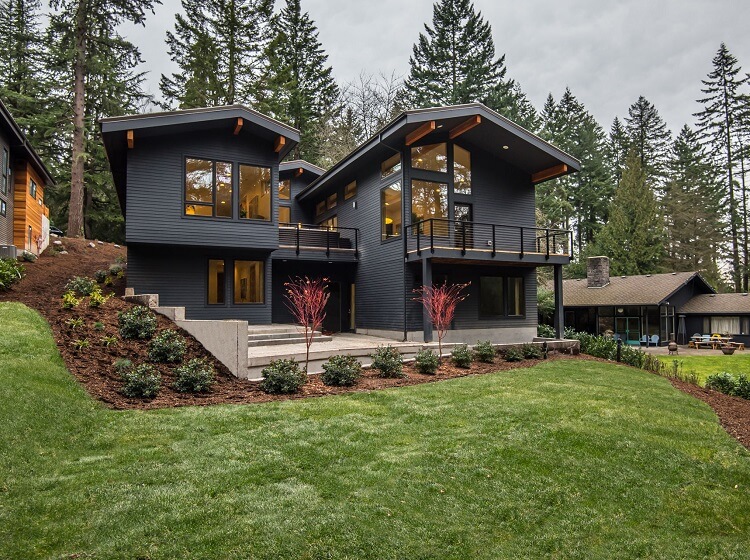
Moreover, the abundant use of large windows is a hallmark of mid-century modern architecture. These windows serve multiple purposes, providing ample natural light and offering unobstructed views of the surrounding landscape.s
Furthermore, mid-century modern design makes use of a range of materials, with an emphasis on those that showcase natural beauty. Common materials include wood (especially teak and walnut), glass, steel, and concrete.
Final Takeaway
The most popular home styles today showcase a blend of modern functionality, sustainable features, and nods to traditional aesthetics. From the timeless charm of Queenslander homes to the breezy allure of Modern Coastal designs, Australians are embracing various architectural trends.

